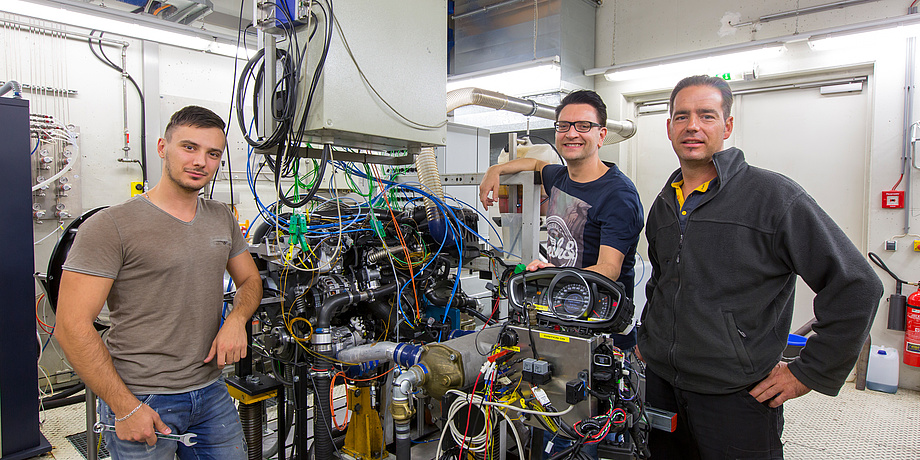Damaging nitrogen oxides (NOx) have increasingly made the headlines in the recent past due to the diesel scandal. For combustion engines – especially diesel engines – in addition to coal, oil, wood or gas-fired heating systems, are the main source of NOx. Nitrogen oxides, particularly NO2, can lead to irritation and damage of the breathing organs, contribute to the formation of secondary particulate matter and ground-level ozone, and have a negative impact on humankind and nature. An international consortium consisting of company partners Amminex Emissions Technology and Johnson Matthey as well as the International Council on Clean Transportation (ICCT) and Graz University of Technology have now presented a technology which has the great potential of significantly reducing nitrogen oxide emissions from diesel engines in real operation.
Read more about how the ASDS technology – short for ammonia storage and delivery system – is able to reduce damaging emissions in the News+Stories on the TU Graz website.
